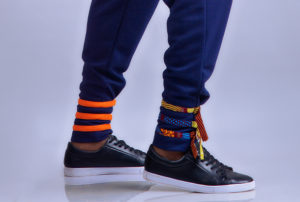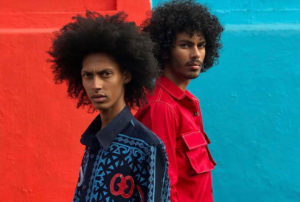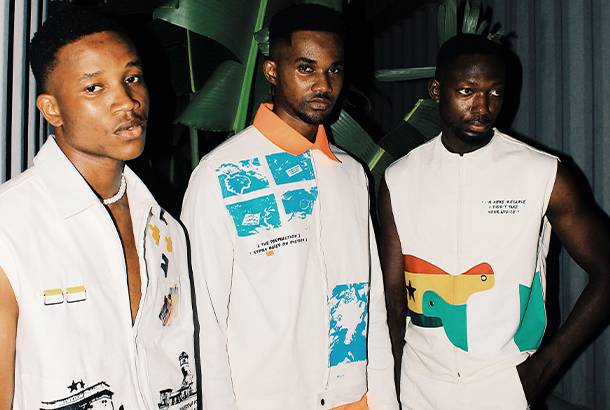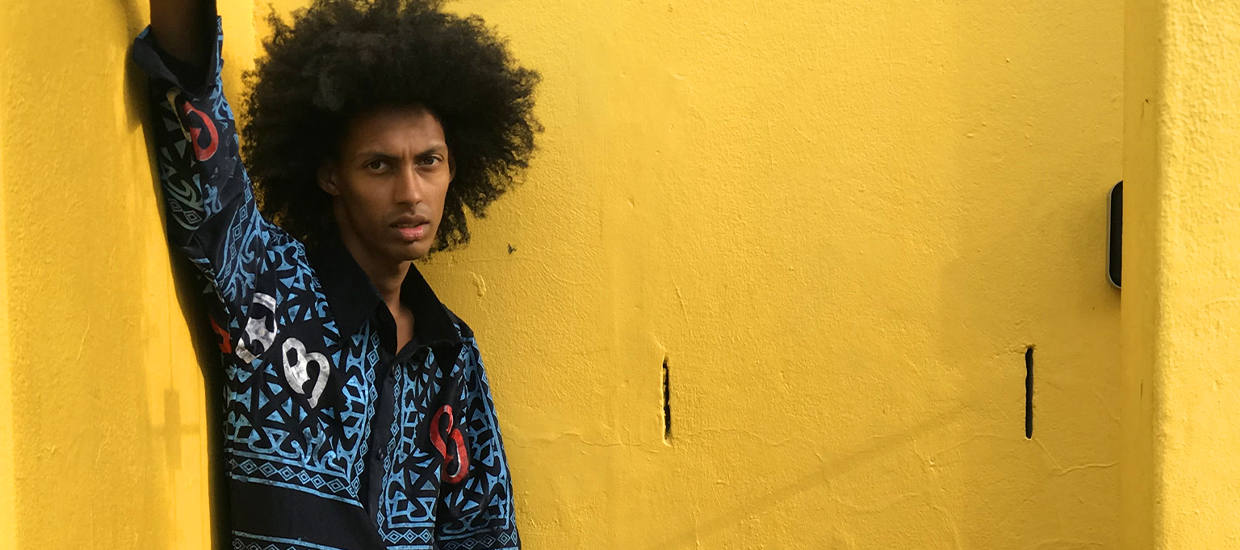Meet three designers who are redefining their country’s sartorial identity
Casual Friday has long been colorful in Ghana. That’s because, back in 2004, in an effort to give a boost to the textile industry, the government started a campaign to encourage Ghanaians to ditch their business wear in favor of national dress—kente cloth and wax-printed smocks—on Fridays. “Everybody from bankers to teachers was suiting up weekdays, except Friday,” says Awura Abena Agyeman, cofounder and CEO of the clothing brand Wear Ghana. “But now, African prints have changed from just being a Friday thing.” As the trend has expanded into the rest of the week, a few designers, including Agyeman, are cribbing from traditional looks to create more contemporary styles. Here are three worth watching.

Wear Ghana
“I feel like we’re embracing identity a lot more these days,” says the 34-year-old Agyeman, who has a shop in Accra’s Haatso neighborhood. Since 2013, her collections have centered on unisex jersey T-shirts with a triangular swath of patterned wax fabric affixed to the right shoulder, and she also offers bright printed dresses, hoodies, and skirts with chic suspenders. “Some people in Accra wouldn’t otherwise wear wax prints,” Agyeman says. “Not modern enough.” The latest line, GIGI Vim Pants, retains Wear Ghana’s trademark asymmetry but diversifies with sweatpants featuring bands of wax print cuffed around the right ankle.
wearghana.com

Hazza
Veteran designer Hassan Alfaziz Iddrisu often stamps traditional adinkra symbols onto his label’s jumpsuits and button-down tunics, but he takes issue with the very idea of an African print. “I think it’s so cliché,” he says from his new atelier in Labadi, an Accra-area beach town where he’s setting up a mini showroom this month. “It’s always ‘wax print, wax print, wax print.’” As an alternative, his latest collection, released last month, leans on a kente pattern that’s cheekily screen-printed (rather than woven, as is more common). Iddrisu sources mostly white fabric—much of it from a vintage market in the Ashanti region’s capital, Kumasi—which is then dyed by workers at Accra’s busy Nima market. “They moved here from Mali,” he says, “and have done an amazing job coloring my collections since 2016.”
notjustalabel.com/hazza

Kojo Kusi
Just 24 years old, Kojo Kusi has already garnered quite a bit of attention. In 2019, while still knee-deep in a tailoring apprenticeship, he caught local notice for creating a boxy concert jacket with detachable pockets for the Ghanaian reggae rapper Stonebwoy. Last year, his debut streetwear collection, which featured white zip-up vests with flanking turtle-shaped Ghanaian flags, prompted a write-up in Vogue Italia. This month, Kusi drops “Welcome to the Studio,” a line that includes jackets and bags adorned with his label’s logo, a front-facing silhouette of a boy with a tufted crown of hair. “In Ghana, guys with poofy hair are often seen as bad boys or whatever,” he says from his one-man studio and shop in Kumasi. “I redesigned that silhouette to make it look like a crown, to try to change the narrative.”
@studio.kojokusi
Next Up: An Aesthete’s Dining Guide to Accra
